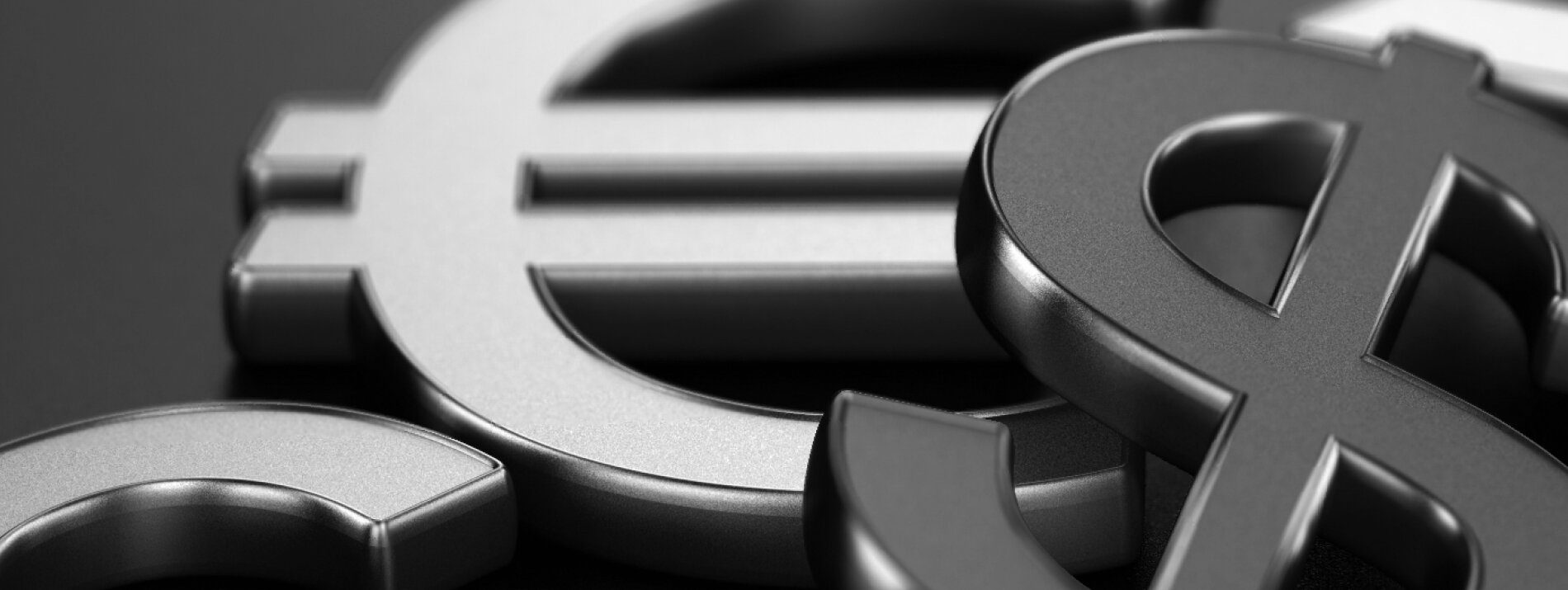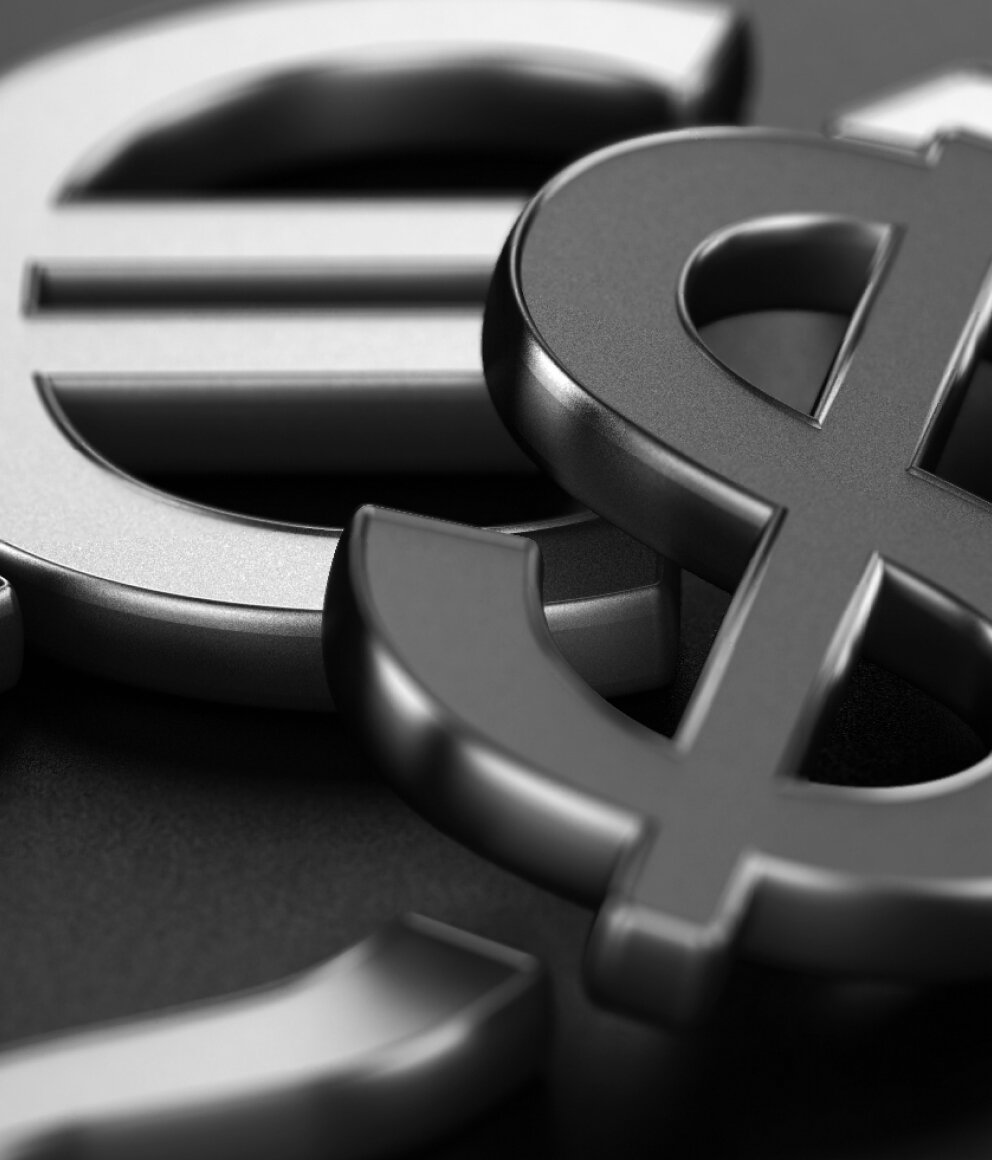

What is free margin and margin level?
- Home
- Help & Support
- Help - What is free margin and margin level?
Simply, free margin is the money in a trading account available for trading. To calculate free margin, you must subtract the margin of your open positions from your equity (i.e. your balance plus or minus any profit/loss from open positions).
Free margin = equity - margin
Free margin = (balance + profit or balance - loss) - margin
Let's look at an example.
Joe has a balance of $10,000. He opens a trade for 2 lots (2 x 100,000 = 200,000) of EURUSD at an exchange rate of 1.20000. His account's leverage is 1:50. The total trade position is 200,000 x 1.20000 = $240,000. The required margin for this particular position is 240,000/50 = $4,800. The free margin at this stage is $10,000 - $4,800 = $5,200 as there is no profit or loss.Now, let's say that the price of EURUSD drops to 1.19050, which is a loss of 0.00950 pips (1.20000 - 1.19050), equivalent to $240,000 x 0.00950 = $2,280 (loss).
Using the formula to calculate free margin, taking into consideration the loss as a result of the change in price, we see the free margin amount has decreased.
Why is my free margin important?
Your free margin – also called ‘usable margin’ - is necessary to withstand any negative price fluctuations in your open trades and to open new leveraged trades. Free margin increases with profitable positions and decreases with losing positions.
What is a safe level of margin for my Forex trading account?
In Forex trading, any margin level above 100% is considered healthy. It’s calculated as a ratio of your equity to the margin you’re using for open positions.
- Margin level = (equity/used margin) x 100Let's say your equity is $8,000 and you've used $2,000 of your margin, your margin level is calculated as:
- Margin level = ($8,000 / $2,000) x 100
- Margin level = $4 x 100
- Margin level = 400%
What if my margin level runs low without me noticing?
When markets move against your open positions, your margin level falls. If it ever falls close to a fixed percentage as agreed with your broker, you’ll be notified with a margin call.
For example:
Let's say your balance is $5,000, but you've taken $3,800 in losses, and you've used $2,000 of your margin. Your margin level will be:
Margin level = ($5,000 - $3,800) / 2,000 x 100
Margin level = 60%
If you have a margin call set at 40% and your current margin level is 60%, you'll receive a margin call if your margin level drops by another 20%. At that point, you'll need to respond to the margin call by either depositing more funds to your trading account or closing positions to free up more margin.
What happens if my free margin drops to zero?
With no margin left to cover any potential losses from open positions, you’ll receive a margin call. This is when you'll need to either deposit funds to top up your account, close open positions, or both.
How can I increase my free margin?
If your open positions prove to be profitable, your equity will increase, which means that you’ll have more free margin. Of course, you can also make a deposit to your account and increase the overall balance.
How much margin do I need to trade Forex?
The margin is the money you put up in order to use leverage, so the two are interlinked. For example, the margin is 10%, the leverage is 10:1, and if it’s 20%, the leverage is 5:1. Take a look at our guide to margin requirements.
